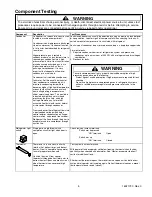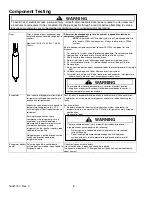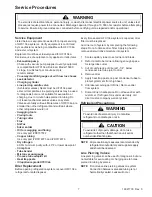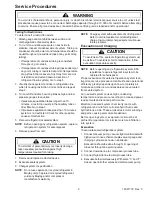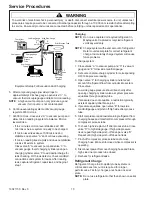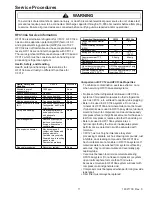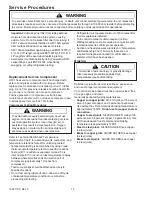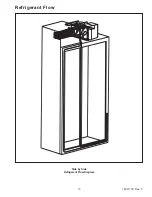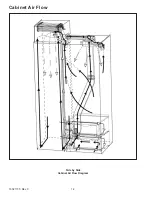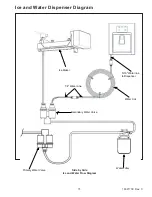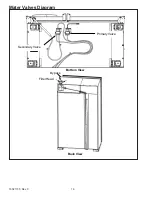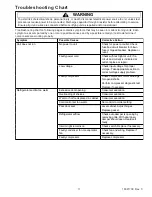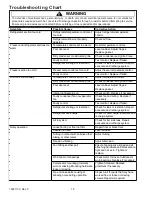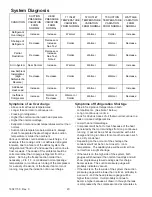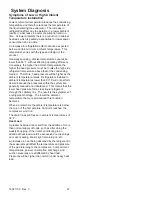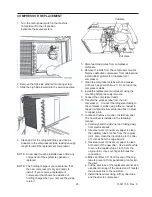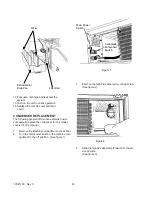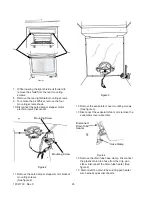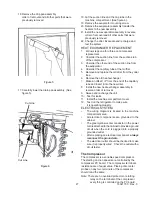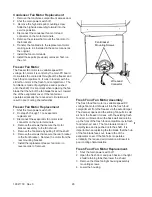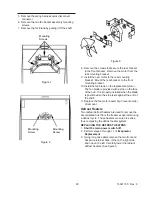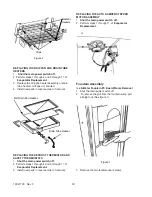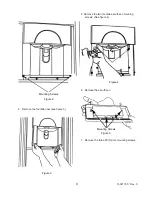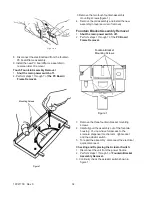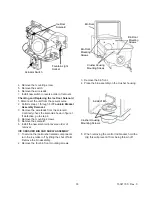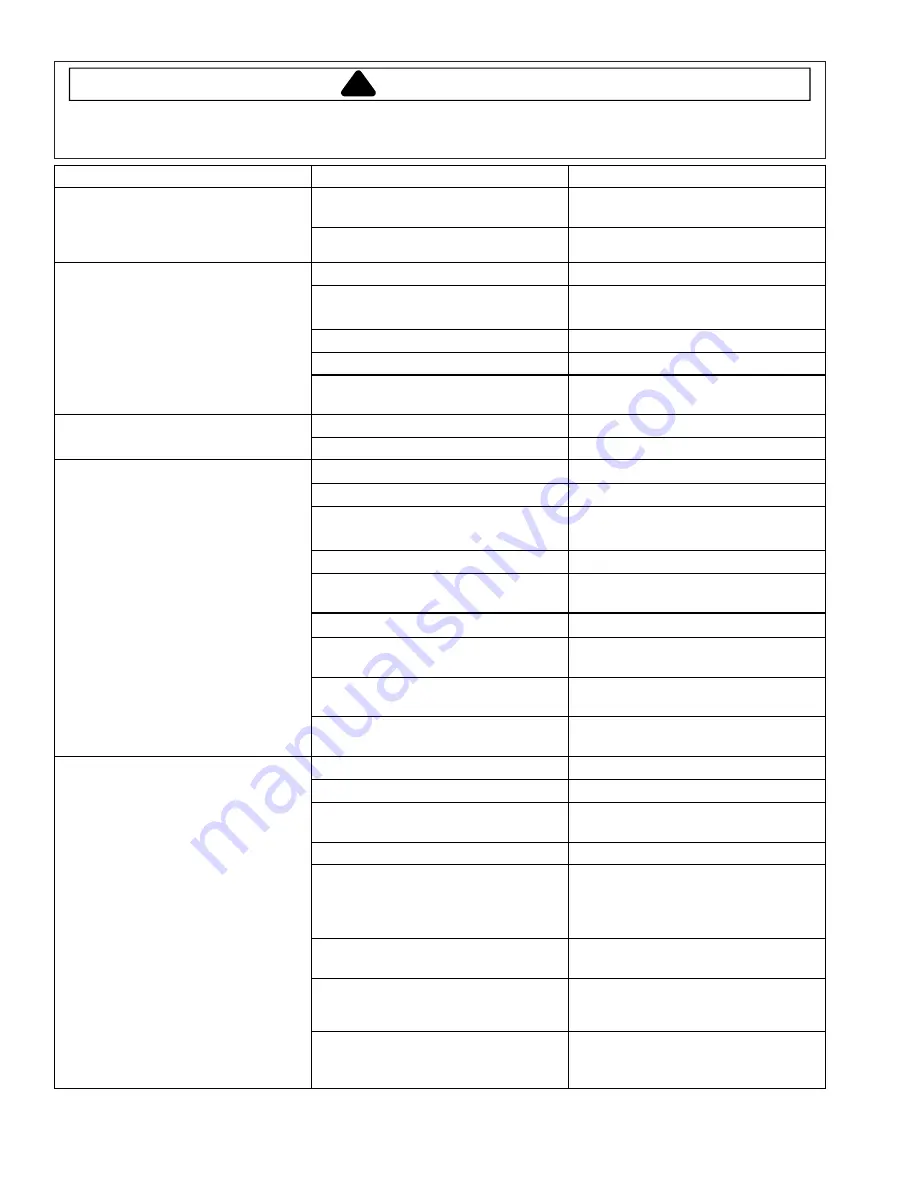
16021730 Rev. 0
18
Symptom Possible
Causes
Corrective
Action
Refrigerator temperature control set
too cold
Adjust refrigerator temperature
control.
Refrigerator section too cold
Refrigerator airflow not properly
adjusted
Check air flow.
Temperature controls set too warm
Reset temperature controls.
Poor door seal
Level cabinet. Adjust hinges.
Replace gasket.
Dirty condenser or obstructed grille Check
condenser
and grille. Clean.
Faulty control
Test control. Replace if failed.
Freezer and refrigerator sections too
warm
Refrigerant shortage or restriction
Check for leak or restriction. Repair,
evacuate and recharge system.
Freezer temp control set too cold
Adjust freezer temperature control.
Freezer section too cold
Faulty control
Test control. Replace if failed.
Temperature control set too cold
Adjust temperature control.
Dirty condenser or obstructed grille Check
condenser
and grille. Clean.
Poor door seal
Level cabinet. Adjust hinges.
Replace gasket.
Interior light remains on
Check switch. Replace if necessary.
Faulty condenser fan or evaporator
fan
Check fan and wiring. Replace if
necessary.
Faulty control
Test control. Replace if failed.
Refrigerant shortage or restriction
Check for leak or restriction. Repair,
evacuate and recharge system.
Refrigerant overcharge
Check for overcharge. Evacuate and
recharge system.
Unit runs continuously
Air in system
Check for low side leak. Repair,
evacuate and recharge system.
Loose flooring or floor not firm
Repair floor or brace floor.
Cabinet not level
Level cabinet.
Tubing in contact with cabinet, other
tubing, or other metal
Adjust tubing.
Drip pan vibrating
Adjust drain pan.
Fan hitting another part
Ensure fan properly aligned and all
attaching hardware and brackets are
tight and not worn. Tighten or
replace.
Worn fan motor bearings
Check motor for loss of lubricant or
worn bearings. Replace if necessary.
Compressor mounting grommets
worn or missing. Mounting hardware
loose or missing
Tighten hardware. Replace
grommets if necessary.
Noisy operation
Free or loose parts causing or
allowing noise during operation
Inspect unit for parts that may have
worked free or loose or missing
screws. Repair as required.
Troubleshooting Chart
To avoid risk of electrical shock, personal injury, or death, disconnect electrical power source to unit, unless test
procedures require power to be connected. Discharge capacitor through a resistor before attempting to service.
Ensure all ground wires are connected before certifying unit as repaired and/or operational.
!
WARNING


